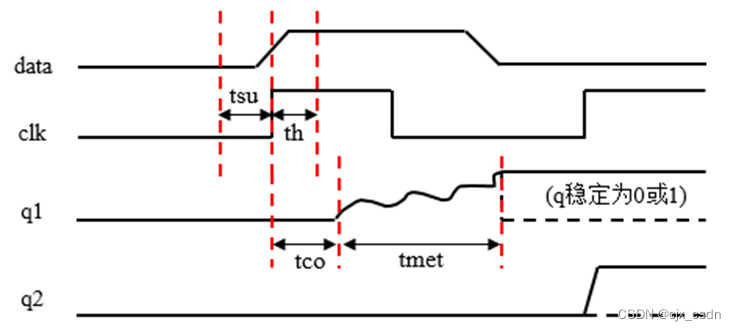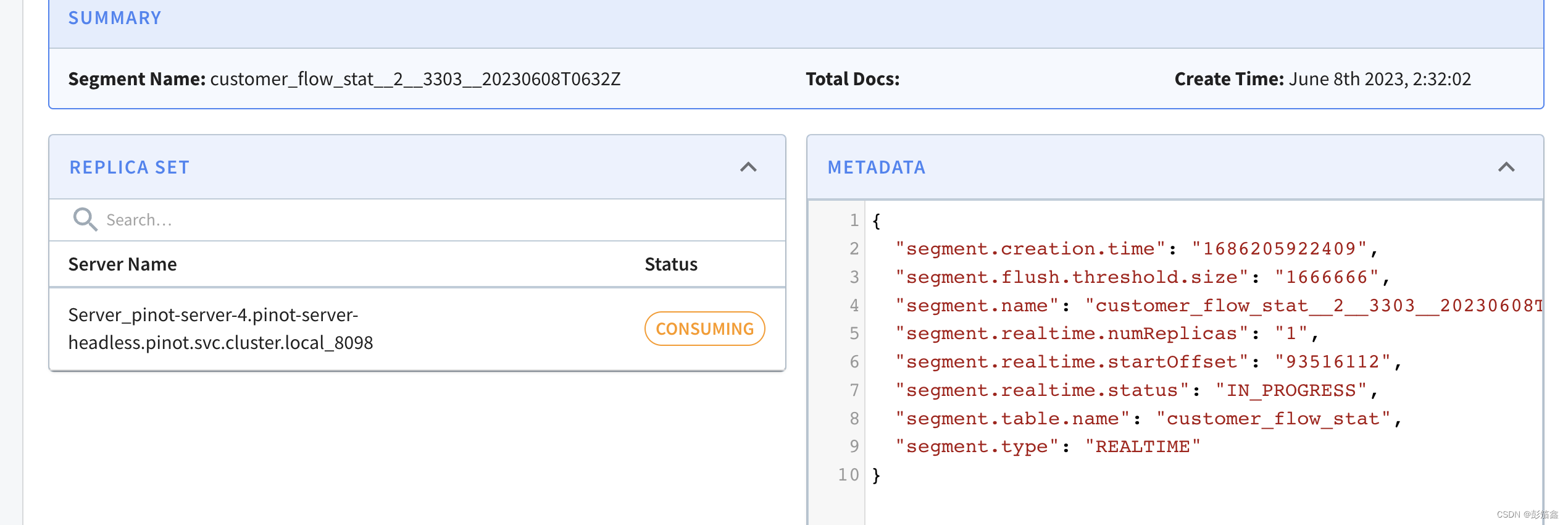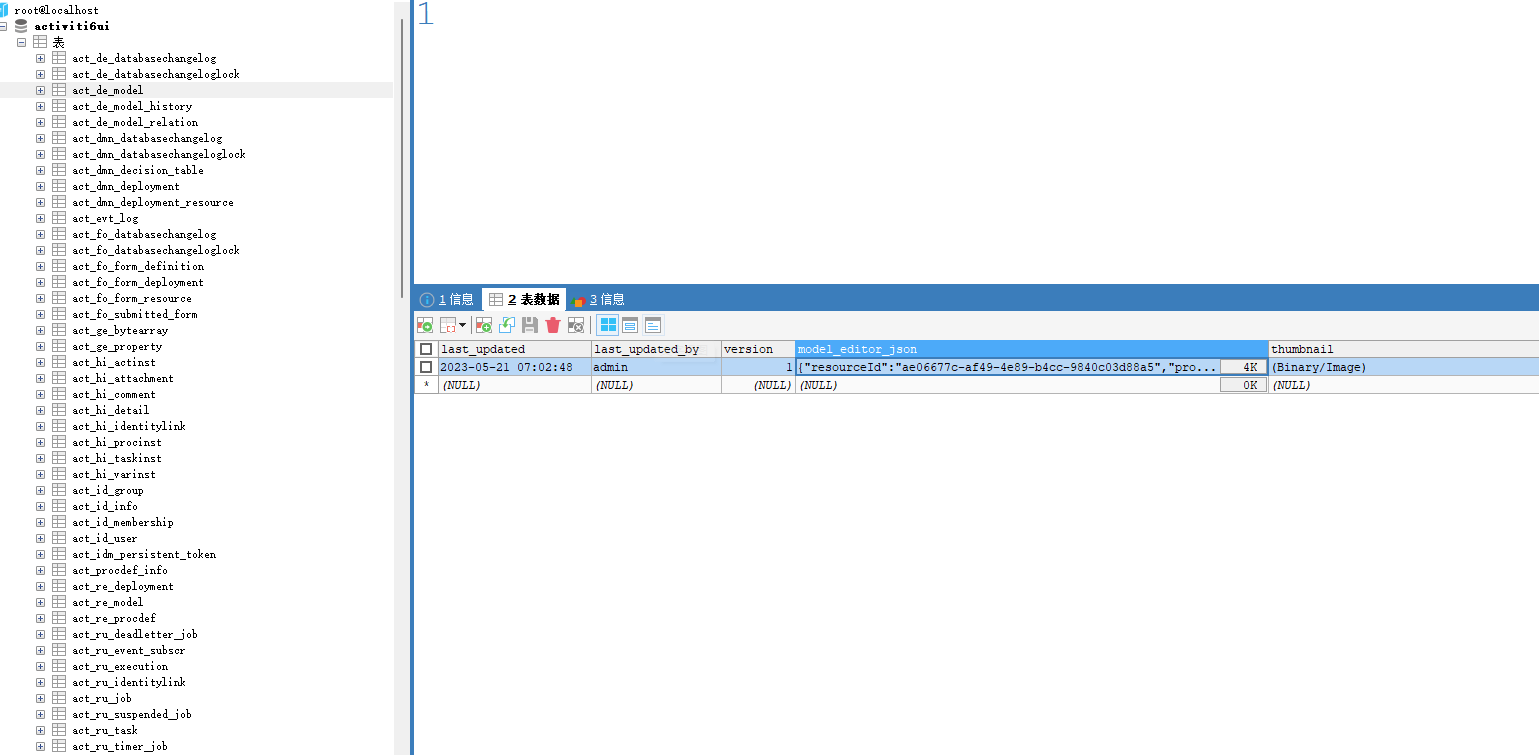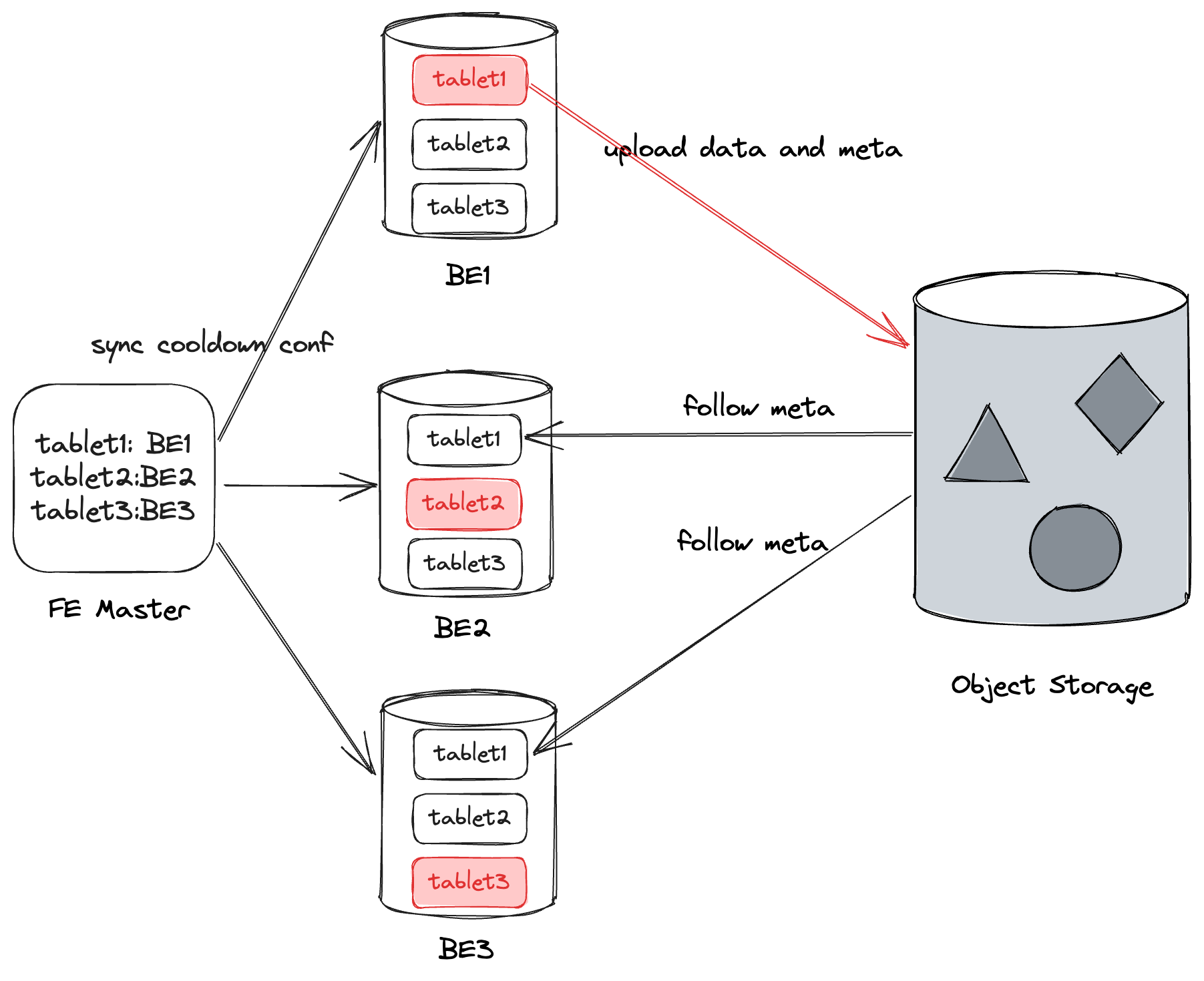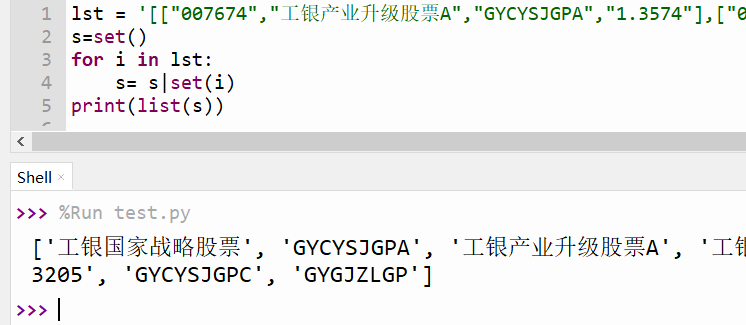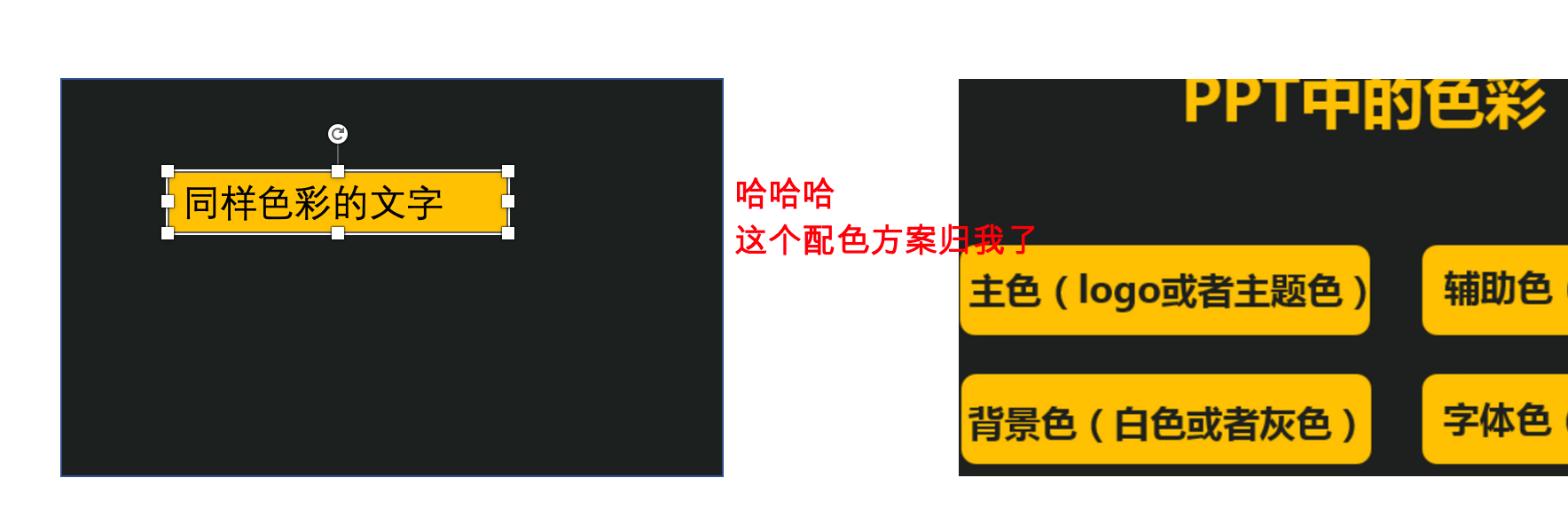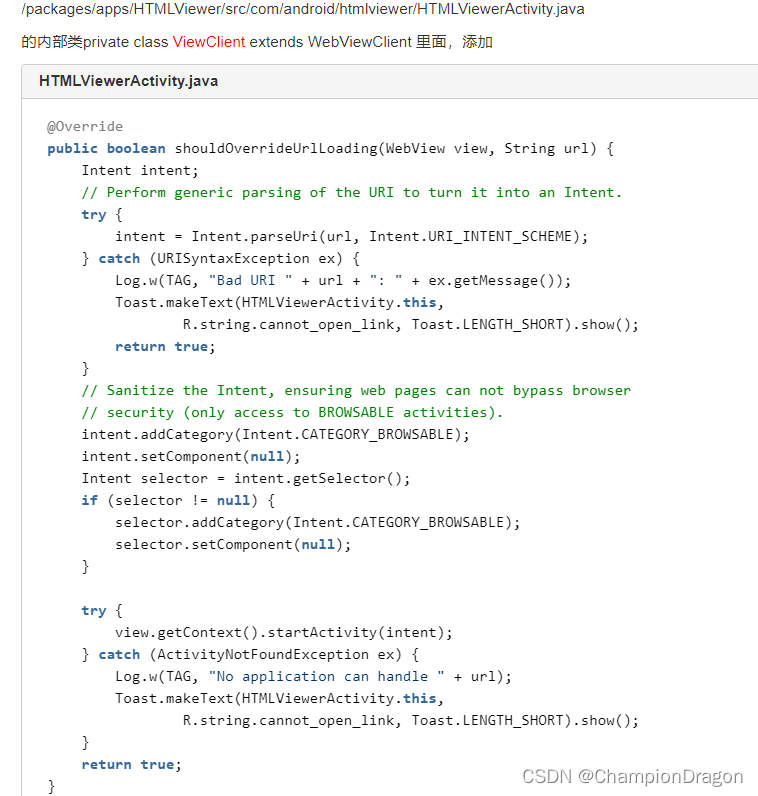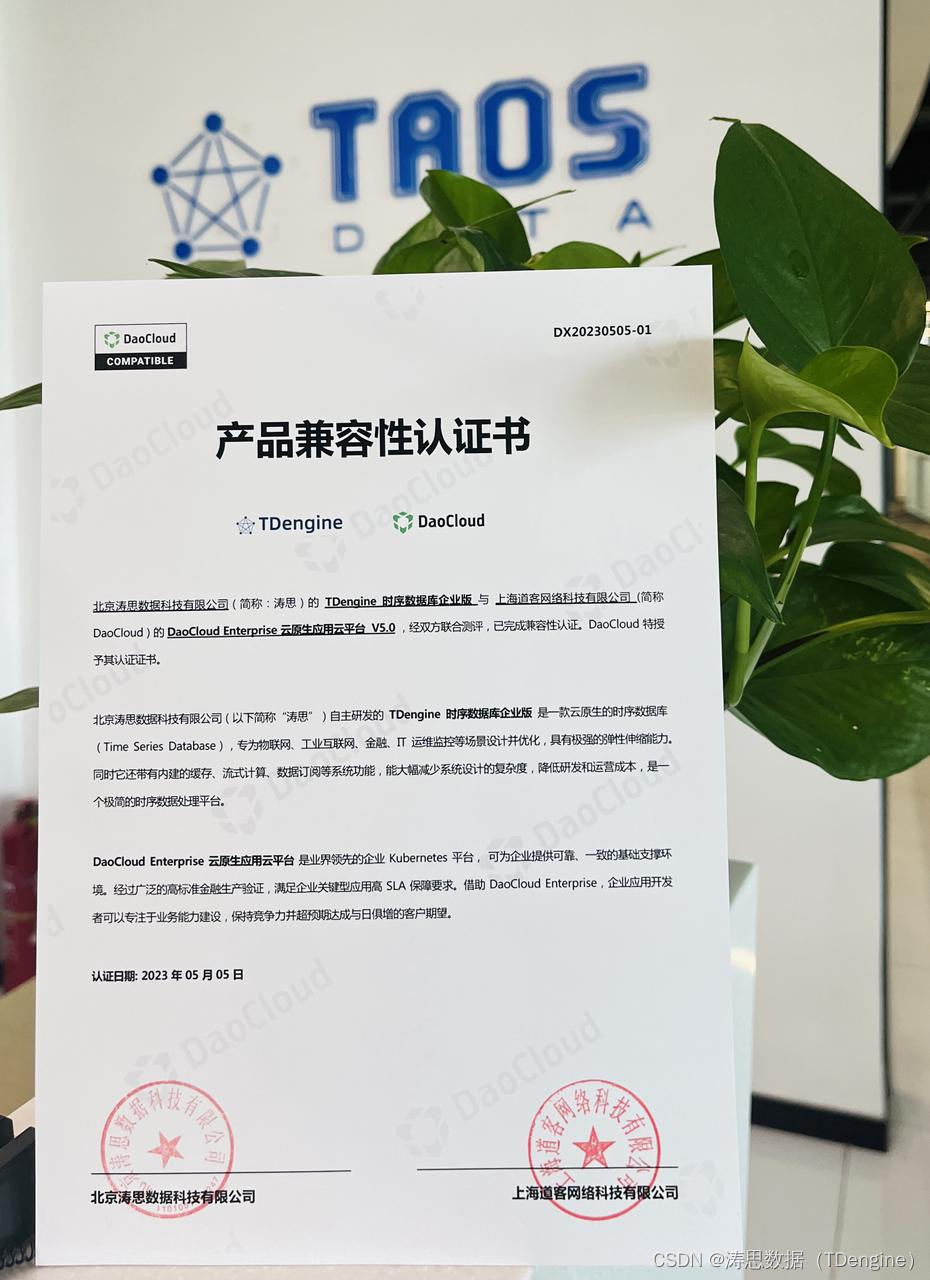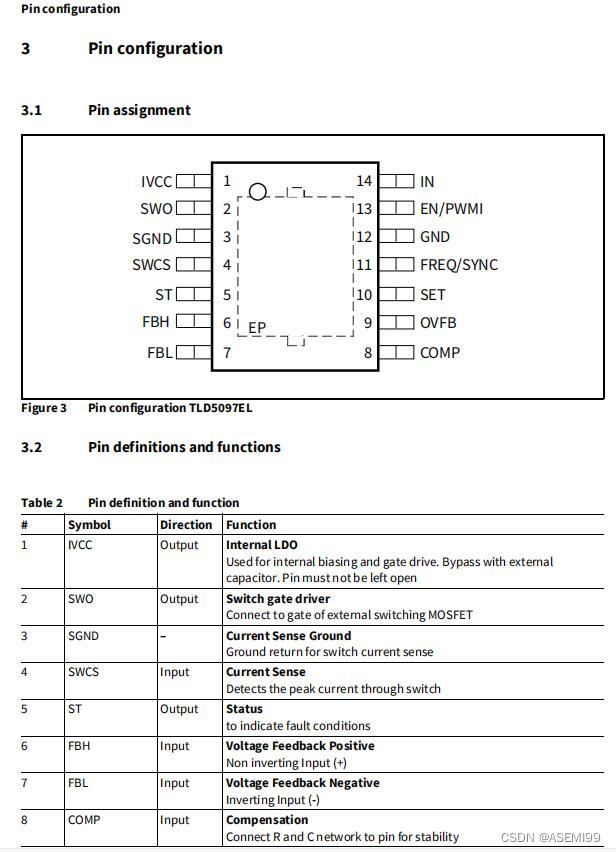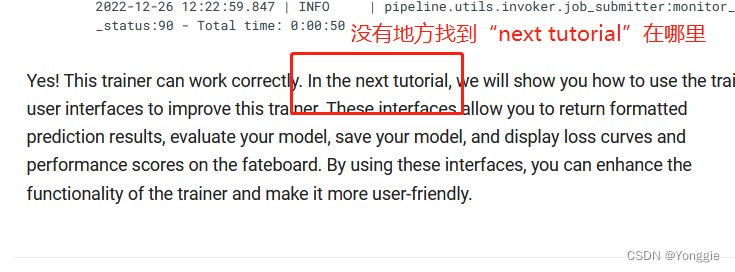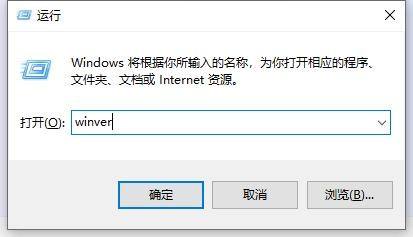迪瑞克斯啦算法
这个算法研究的是:有向的,没有负权重,可以有环的图。

这个算法主要研究的是:给出的节点到这张图的其他节点的最短路径是多少。用一个表表示出来。

思路:
如下图所示,我们想要求出a节点到其他节点的最小路径分别是多少。
刚开始a可以直接到b,c,d点,不能到e点,所以表里记录着:(d,2) ,(c,6) ,(b,1) ,(e,无穷)
从里面选一个最小的,选出b来,现在,a到c的距离可以是3,a到e的距离可以是7,表里的数据刷新一下。
注意此时**(b,1)就被锁定了,a到b的最短距离就是1**,往后循环此操作,直至剩下所有节点都被锁定。
锁定这个地方是最精妙的。解释 —> : 在刚开始的时候,a到b的距离是1,a到c的距离是6,a到d的距离是2,a到e的距离是正无穷。最小的就是a到b的距离。此时就把a到b的最小距离定为1.,原因是:我之所以从表中每次都挑选最小的距离节点是因为我想找找到其他节点的还有没有最短的路径。而之所以选出最小的距离节点之后,就将这个键值对锁定是因为从a到这个节点一定是最小的,因为其他的距离都比他大,加之没有负权重,所以不可能有比他更小的了。
使用到的容器:
map:存放表中数据。
堆:筛选最小距离节点。//发现堆结构还不行,因为表中的数据是会刷新的,而堆结构不会自动更改结构,所以必须是加强堆才可以。

package algorithmbasic.class17;
import java.util.HashMap;
public class Dijkstra {
//从head出发,所有head能到达的节点,生成到达每个节点的最小路径记录并返回
public static HashMap<Node, Integer> dijkstra(Node head, int size) {
//result记录最终要返回的结果。
HashMap<Node, Integer> result = new HashMap<>();
//创建好我的加强堆
HeapGreater heapGreater = new HeapGreater(size);
//遍历head节点的直接连接节点。
for (Edge edge : head.edges) {
heapGreater.addOrUpdateOrIgnore(edge.to, edge.weight);
}
while (!heapGreater.isEmpty()) {
Record record = heapGreater.poll();
result.put(record.node, record.distance);
for (Edge edge : record.node.edges) {
heapGreater.addOrUpdateOrIgnore(edge.to, edge.weight + record.distance);
}
}
return result;
}
/**
* Record内部类
* 之所以创建这个内部类是因为:我想将节点与权重当作一个整体,通过加强堆的排序之后弹出的是一个整体,这样方便
* 当然使用hashmap也可以。
*/
public static class Record {
public Node node;
public int distance;
public Record(Node node, int distance) {
this.node = node;
this.distance = distance;
}
}
public static class HeapGreater {
/**
* 属性
*/
Node[] nodes;
//记录node所对应的位置。
//如果这个node被弹出了,heapIndexMap中这个节点所对应的位置就定为 -1.原因是:便于我们判断这个节点来过。
//之所以必须判断这个节点来过是因为,如果后面的某个节点的直接连接节点还是这个节点,如果没有这个判断,这个节点还会再一次的进入堆中
//导致最终返回的map中正确的值被覆盖。
HashMap<Node, Integer> heapIndexMap;
//记录剩余节点的a到Node所对应的最小距离
HashMap<Node, Integer> distanceMap;
int usedSize;
/**
* 构造器
*/
public HeapGreater(int size) {
nodes = new Node[size];
heapIndexMap = new HashMap<>();
distanceMap = new HashMap<>();
usedSize = 0;
}
/**
* addOrUpdateOrIgnore方法
* 传进来的是一个节点,以及a到该节点的距离。
* 对于这个节点只会出现三种操作,要么这个节点已经被处理过了,那就不用管直接跳过,
* 要么这个节点从来没有进来过,那就放入堆中,
* 要么这个节点的a到该节点的距离比堆中记录的要小,那就更新堆中的记录。
*/
public void addOrUpdateOrIgnore(Node node, int weight) {
//传进来的节点要不就放入加强堆中,要不就更新加强堆中的值,要么就被忽略。
//如果这个节点在堆中,看看a到该节点的距离比堆中记录的要小,那就更新堆中的记录。
if (inHeap(node)) {
distanceMap.put(node, Math.min(weight, distanceMap.get(node)));
//因为堆中的记录只会变的更小,所以只会向上调整。
insertHeapify(heapIndexMap.get(node));
}
//这个节点从来没有进来过。
//那就加入这个节点。
if (!isEntered(node)) {
nodes[usedSize] = node;
distanceMap.put(node, weight);
heapIndexMap.put(node, usedSize);
insertHeapify(usedSize++);
}
}
/**
* 向上调整
*/
private void insertHeapify(int index) {
int father = (index - 1) / 2;
while (distanceMap.get(nodes[father]) < distanceMap.get(nodes[index])) {
swap(nodes, father, index);
index = father;
father = (index - 1) / 2;
}
}
public void swap(Node[] nodes, int fatehr, int index) {
heapIndexMap.put(nodes[fatehr], index);
heapIndexMap.put(nodes[index], fatehr);
Node temp = nodes[fatehr];
nodes[fatehr] = nodes[index];
nodes[index] = temp;
}
/**
* 向下调整
*/
private void heapify(int index, int size) {
int lc = index * 2 + 1;
while (lc < size) {
int smallChild = lc + 1 < size ? (distanceMap.get(nodes[lc]) < distanceMap.get(nodes[lc + 1]) ? lc : lc + 1) : (lc);
if (distanceMap.get(index) > distanceMap.get(smallChild)) {
swap(nodes, index, smallChild);
index = smallChild;
lc = index * 2 + 1;
} else {
break;
}
}
}
/**
* 判断当前节点是否进来过。
*/
private boolean isEntered(Node node) {
return heapIndexMap.containsKey(node);
}
/**
* 判断当前节点是否在堆上
*/
private boolean inHeap(Node node) {
return isEntered(node) && heapIndexMap.get(node) != -1;
}
/**
* poll()方法
*/
public Record poll() {
Record record = new Record(nodes[0], distanceMap.get(nodes[0]));
distanceMap.remove(nodes[0]);
heapIndexMap.put(nodes[0], -1);
swap(nodes, 0, usedSize - 1);
heapify(0, --usedSize);
return record;
}
/**
* isEmpty()方法
*/
public boolean isEmpty() {
return this.usedSize == 0;
}
}
}
